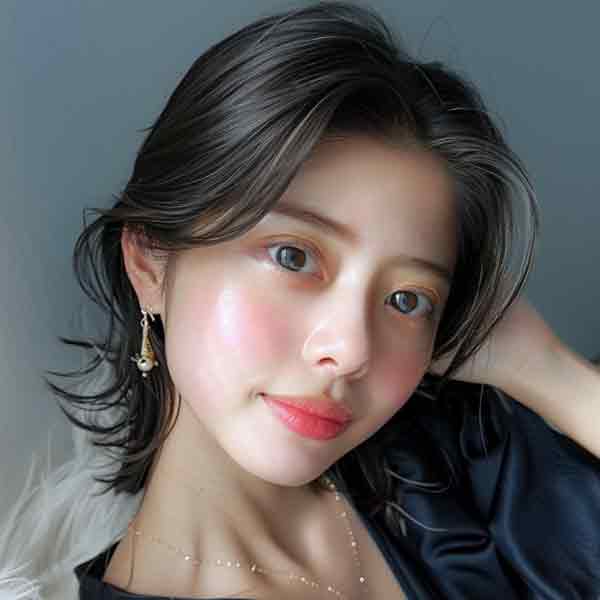What is fungal acne
Fungal acne looks a lot like hormonal acne or bacterial acne, but the culprit isn’t the same as other types of acne. Instead, it is an overgrowth of yeast that hangs around in the hair follicles. Malassezia infects hair follicles in a similar way that acne bacteria do.
Fungal acne appears as inflamed, itchy, acne-like eruptions that are really pus-filled bumps. The telltale difference is that fungal acne can be itchy, and regular acne is not. Other clues: fungal acne is generally uniform in size and shape, and appears in clusters of small whiteheads.
More from Glowing Gorgeous: Find out here the Best Silicone-Free Moisturizers And Why Do You Care
How to know for sure that you have fungal acne
Your acne doesn’t respond to over-the-counter or prescription acne treatments, or they make the problem worse.
Your acne feels itchy or burns to the touch.
You have other signs of fungal overgrowth, like dandruff, tinea versicolor, psoriasis, eczema, etc.
How to Treat It
Dandruff is also caused by Malassezia fungus—just by a different species of the bug—so a shampoo like Head and Shoulders, which contains the antimicrobial ingredient zinc pyrithione, could help to fight off a fungal breakout.
I recommend the dandruff shampoo Selsun Blue, as simple as a body wash, after two weeks of use, my fungal acne improved.
When in doubt, see a dermatologist.
Article is taken from Cherie. Credit to user @Michelle
More from Glowing Gorgeous: Find out here Hyram’s Recommended Face Sunscreens For The Summer



Comments